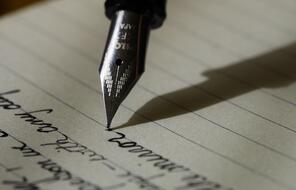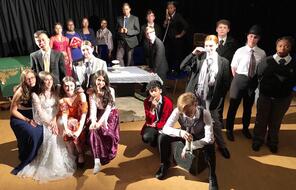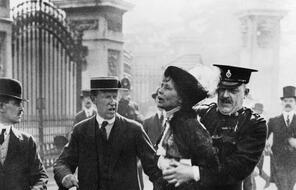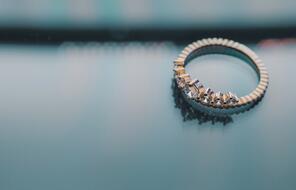
Understanding Mrs Birling
Overview
About this Lesson
In the previous lesson, students discussed Gerald’s behaviour, considering what his actions suggest about his character and about the societal expectations that existed in Edwardian England. In addition to considering gender roles and expectations at the time, they also began to consider the different ways that people of different classes were treated.
In this lesson, students will further their exploration of the differences in class and consider what factors influence Mrs Birling’s treatment of Eva Smith. They will have an opportunity to reflect on Mrs Birling’s actions in group discussions and by creating a universe of obligation graphic representation for her character. Such activities will not only help students gain an in-depth understanding of Mrs Birling and the social context in which the play is set, but will also encourage them to think about the factors that get in the way of people caring for and feeling a sense of responsibility towards others in their community. This understanding is important if students are to reflect on the unintended consequences of their own actions, the impact that they can have on others, and the role that difference plays in shaping who we do and do not feel responsible for.
The activities in this lesson refer to pages 40–9 of the Heinemann edition of An Inspector Calls.
Preparing to Teach
A Note to Teachers
Before teaching this lesson, please review the following information to help guide your preparation process.
Lesson Plans
Activities
Extension Activity
Homework Suggestion
Materials and Downloads
Quick Downloads
Download the Files
Get Files Via Google
Understanding Mrs Birling
Analysing Gerald’s Character
Analytical Writing: A Character Paragraph
Unlimited Access to Learning. More Added Every Month.
Facing History & Ourselves is designed for educators who want to help students explore identity, think critically, grow emotionally, act ethically, and participate in civic life. It’s hard work, so we’ve developed some go-to professional learning opportunities to help you along the way.
Exploring ELA Text Selection with Julia Torres
On-Demand

Working for Justice, Equity and Civic Agency in Our Schools: A Conversation with Clint Smith
On-Demand

Centering Student Voices to Build Community and Agency
On-Demand
















